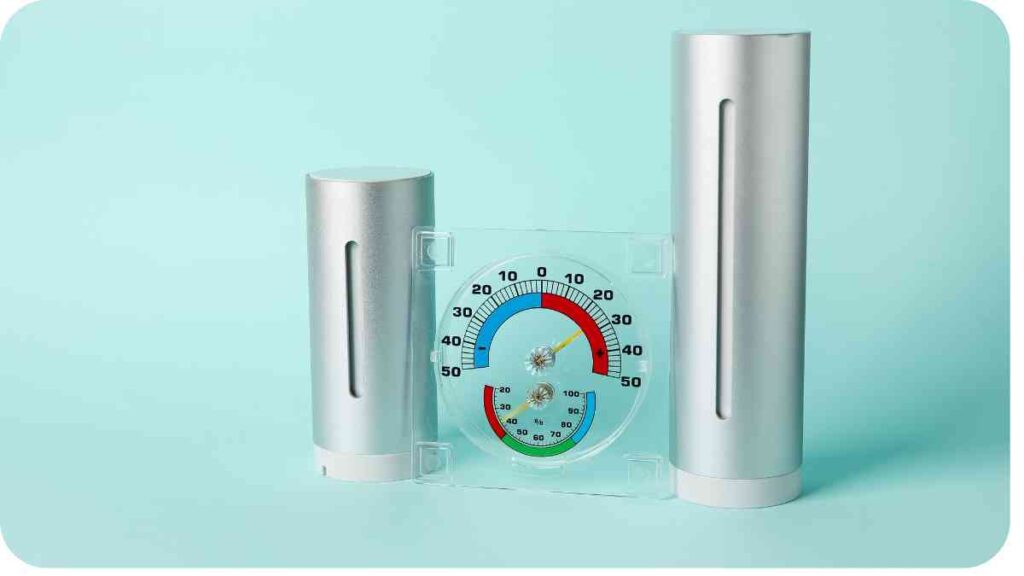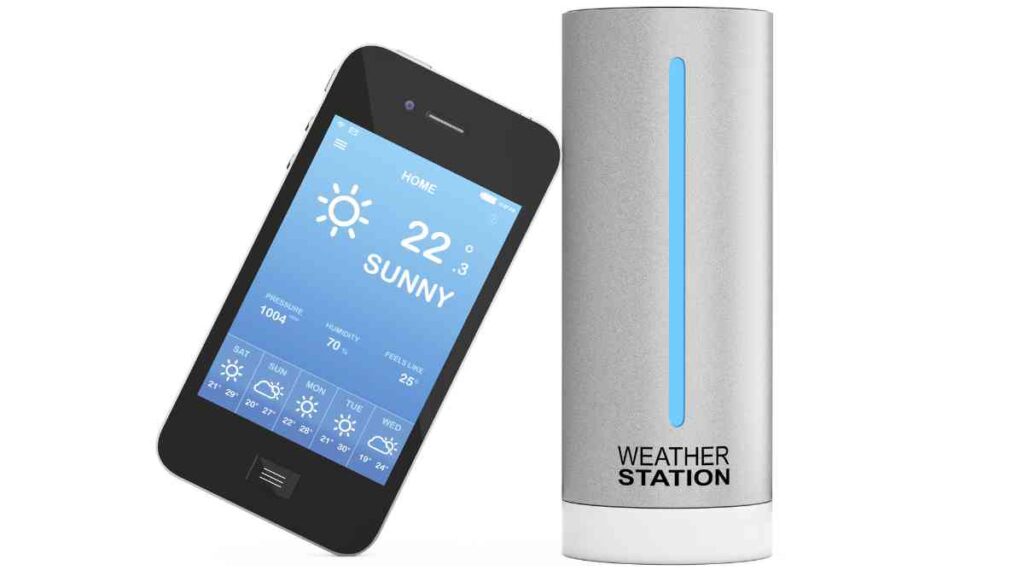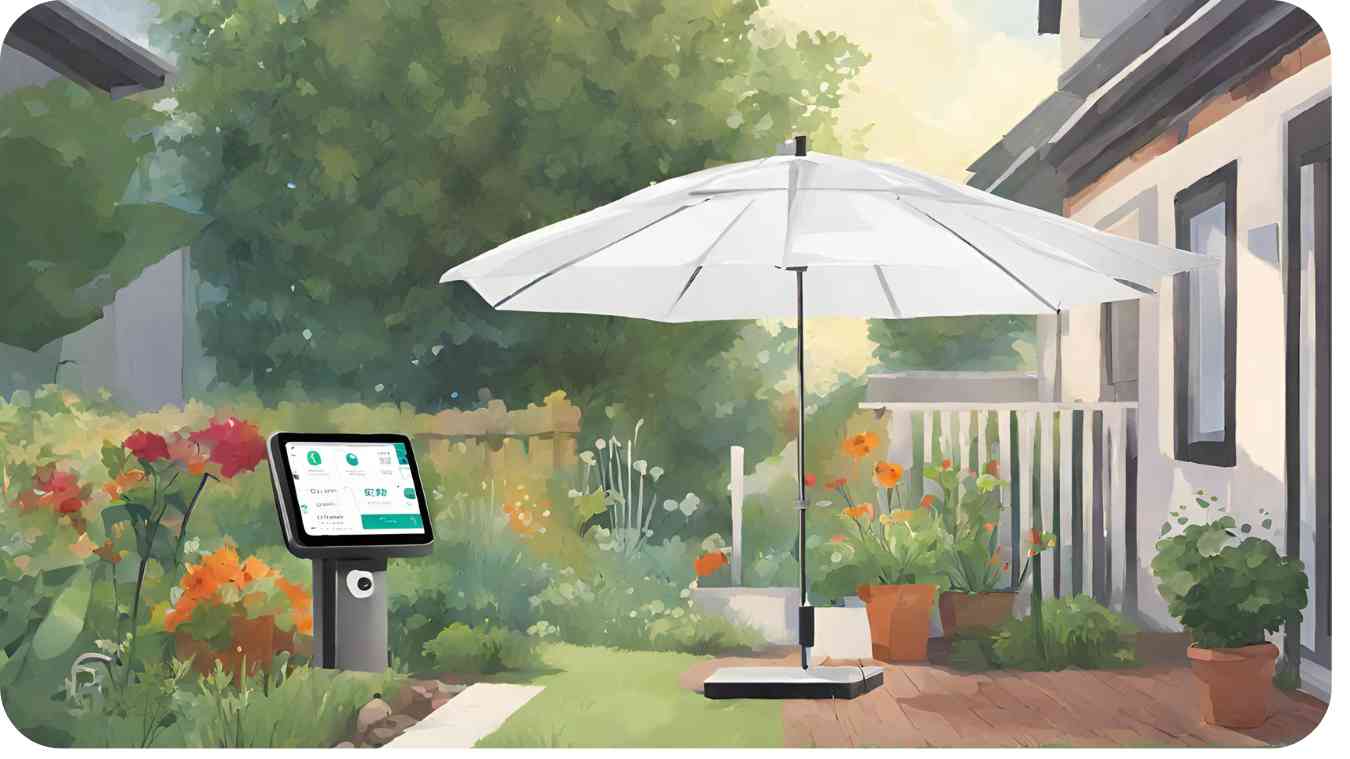So, you’ve invested in a smart garden hub to make your gardening experience more efficient and environmentally friendly. However, you’re encountering an issue: your smart hub isn’t receiving weather data.
Don’t worry; you’re not alone in facing this challenge. In this article, we’ll delve into the importance of weather data for your smart garden hub, explore common issues that may arise, and provide practical troubleshooting steps to help you resolve the issue and get your smart hub back on track.
| Takeaways |
|---|
| 1. Ensure proper connectivity: Check Wi-Fi signal strength and network settings to ensure your smart garden hub can receive weather data effectively. |
| 2. Regular maintenance is key: Clean your hub and sensors regularly to prevent debris buildup and ensure optimal performance. |
| 3. Stay updated: Keep firmware and software up to date to avoid compatibility issues and ensure smooth operation of your smart garden hub. |
| 4. Troubleshoot systematically: If issues arise, follow a systematic approach to troubleshooting, including checking connectivity, resetting the hub, and updating firmware. |
| 5. Seek assistance if needed: If you encounter persistent issues, don’t hesitate to reach out to customer support for expert help and guidance. |
Understanding the Importance of Weather Data

Before we dive into troubleshooting, let’s understand why weather data is crucial for the proper functioning of your smart garden hub. Weather data plays a vital role in optimizing your watering schedule, ensuring that your plants receive the right amount of water at the right time.
By leveraging real-time weather information, your smart hub can adjust watering patterns based on factors such as rainfall, temperature, and humidity, ultimately conserving water and promoting healthier plant growth.
When setting up your garden weather station, ensure proper placement and calibration for accurate readings. Check out these setup tips and tricks for the Netatmo Weather Station to optimize its performance in your garden.
Now, let’s address some common issues that may be causing your smart garden hub to stop receiving weather data.
Common Issues with Smart Garden Hubs
When your smart garden hub fails to receive weather data, several factors could be at play. Here are some common issues you may encounter:
| Issue | Description |
|---|---|
| Connectivity Problems | Poor Wi-Fi signal or network issues may hinder the hub’s ability to receive weather data. |
| Firmware Outdated | An outdated firmware version could cause compatibility issues and prevent the hub from syncing with weather databases. |
| Sensor Malfunction | Faulty sensors or environmental factors such as debris or interference may disrupt the transmission of weather data to the hub. |
| Software Glitches | Software bugs or glitches within the hub’s operating system could interfere with its ability to process weather data accurately. |
Identifying the root cause of the problem is the first step towards resolving it. Now, let’s move on to troubleshooting steps to help you get your smart garden hub back online.
Troubleshooting Steps
Checking Connectivity
The first thing to do when your smart garden hub isn’t receiving weather data is to check its connectivity. Ensure that the hub is properly connected to your Wi-Fi network and that there are no network issues affecting its ability to communicate with weather databases.
| Connectivity Check |
|---|
| 1. Ensure that the hub is within range of your Wi-Fi router. |
| 2. Verify that the Wi-Fi credentials entered into the hub are correct. |
| 3. Restart your router and hub to refresh the connection. |
If connectivity issues persist, consider relocating the hub closer to the router or investing in a Wi-Fi extender to improve signal strength.
Extend the lifespan of your Bosch garden battery by understanding its maintenance needs. Learn about factors affecting longevity and best practices for care in our guide to Bosch garden battery lifespan, maximizing the efficiency of your gardening tools.
Resetting the Hub
If checking connectivity doesn’t solve the issue, try resetting the smart garden hub to its factory settings. This can help resolve any software glitches or configuration errors that may be causing the problem.
| Hub Reset Procedure |
|---|
| 1. Locate the reset button on the hub (usually found on the back or bottom). |
| 2. Press and hold the reset button for at least 10 seconds. |
| 3. Release the button and wait for the hub to restart. |
After resetting the hub, reconfigure its settings and reconnect it to your Wi-Fi network to see if the issue persists.
Updating Firmware
Outdated firmware can often be the culprit behind connectivity issues with smart devices. Check if there are any firmware updates available for your smart garden hub and install them accordingly.
Make your gardening experience even smarter by integrating your Gardyn Home System with virtual assistants. Learn how to sync with smart assistants to conveniently manage your garden using voice commands and automated routines.
| Firmware Update Process |
|---|
| 1. Open the companion app for your smart garden hub. |
| 2. Navigate to the settings or firmware update section. |
| 3. Follow the on-screen instructions to download and install the latest firmware version. |
Once the firmware update is complete, restart the hub and check if it can now receive weather data successfully.
Contacting Customer Support
If you’ve tried all the troubleshooting steps above and are still unable to resolve the issue, it may be time to reach out to customer support for further assistance. Provide them with detailed information about the problem you’re experiencing, including any error messages or unusual behavior observed.
Enhance your gardening setup by integrating your Aerogarden with Amazon Echo for hands-free control. Follow our step-by-step guide to seamlessly connect your Aerogarden with Amazon Echo and enjoy effortless management of your indoor garden.
Tips for Preventing Future Issues

Once you’ve successfully resolved the issue with your smart garden hub, here are some tips to help prevent similar problems in the future:
- Regularly check for firmware updates and install them promptly to ensure optimal performance.
- Keep the hub and its sensors clean and free from debris to prevent interference with data transmission.
- Position the hub in an area with strong Wi-Fi signal and minimal environmental obstructions.
- Consider investing in a Wi-Fi extender or mesh network to improve network coverage in your garden area.
Keep your Fiskars pruner in top condition with these troubleshooting tips. Discover solutions to common issues like frequent jamming in our comprehensive troubleshooting guide, ensuring smooth operation for your gardening tasks.
Conclusion
In conclusion, encountering issues with your smart garden hub’s weather data reception can be frustrating, but with the right troubleshooting steps and preventive measures, you can overcome these challenges and enjoy the full benefits of your smart gardening system.
By understanding the importance of weather data, identifying common issues, and following practical troubleshooting tips, you can ensure that your smart garden hub remains connected and effective in helping you maintain a thriving garden all year round.
Further Reading
- GreenIQ Smart Garden Hub Preview (CNET): This review provides an in-depth preview of the GreenIQ Smart Garden Hub, highlighting its features and functionality.
- Common Issues with Weather Stations and How to Fix Them (Instrument Choice): This article discusses common issues encountered with weather stations and offers practical solutions for troubleshooting.
- GreenIQ Works with the Weather to Save More Water (Reviewed): Learn how GreenIQ utilizes weather data to optimize water usage and conserve resources in this insightful article.
FAQs
How can I resolve connectivity issues with my smart garden hub?
- To resolve connectivity issues, ensure that your hub is within range of your Wi-Fi router and verify that the Wi-Fi credentials are correct. You can also try restarting your router and hub to refresh the connection.
What should I do if my smart garden hub isn’t receiving weather data?
- If your smart garden hub isn’t receiving weather data, try resetting the hub to its factory settings, updating its firmware, and checking for any obstructions that may interfere with data transmission.
How often should I clean my smart garden hub to prevent issues?
- It’s recommended to clean your smart garden hub and its sensors every 6 months to prevent debris buildup and ensure optimal performance.
Can I install a Wi-Fi extender to improve connectivity for my smart garden hub?
- Yes, installing a Wi-Fi extender or mesh network can help improve network coverage in your garden area and enhance connectivity for your smart garden hub.
What should I do if I encounter persistent issues with my smart garden hub?
- If you’ve tried troubleshooting steps and continue to experience issues with your smart garden hub, contact customer support for further assistance and guidance. They can provide specialized help to resolve your problem.

For 15 years, Hellen James has worked in the gardening industry as an expert and landscape designer. During her career, she has worked for a variety of businesses that specialize in landscaping and gardening from small firms to large corporations.

